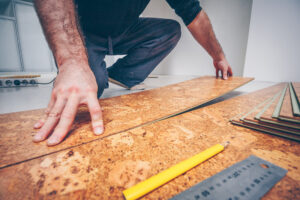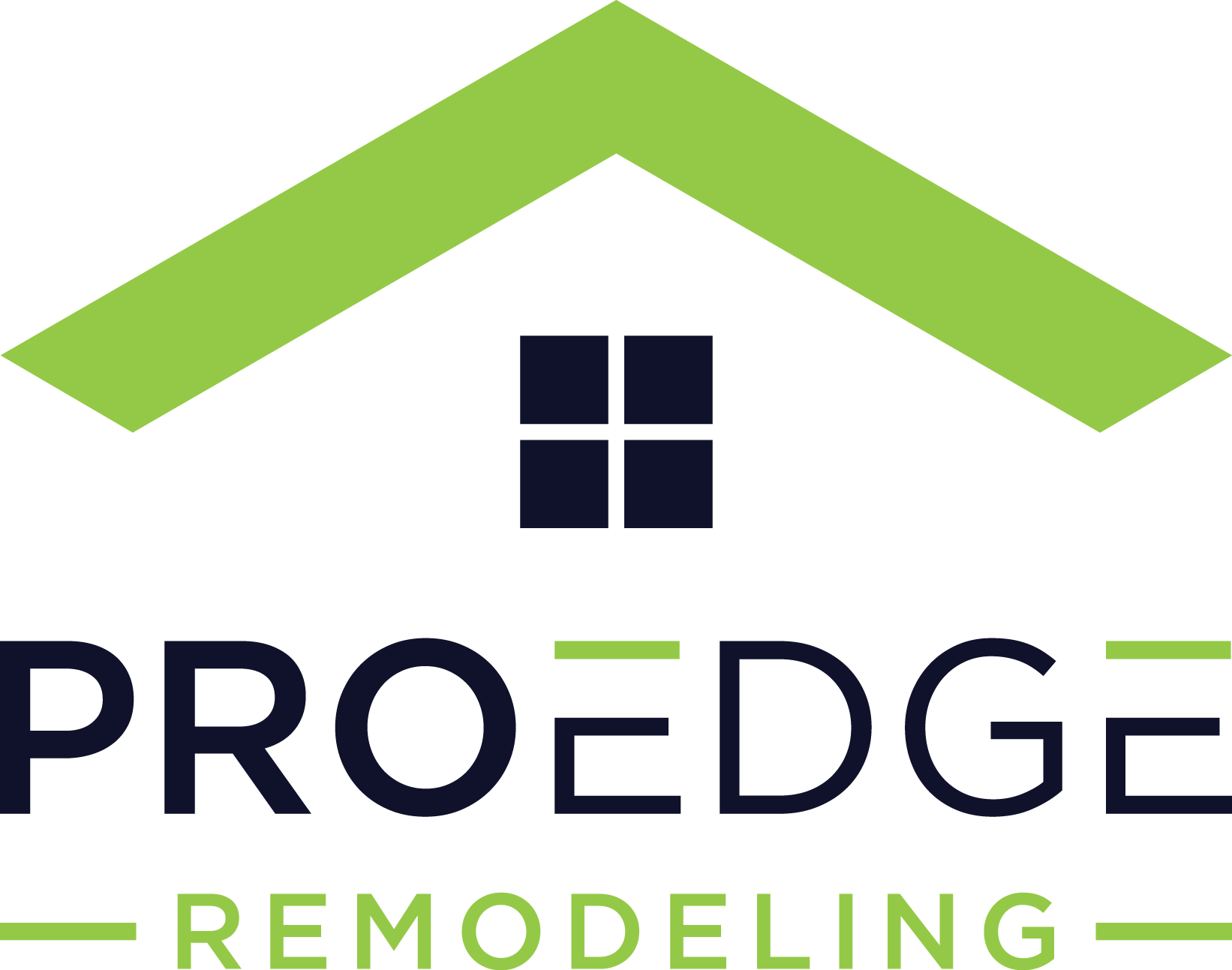Cork Flooring: Is It the Right Choice for Your Home?

*Updated June 25th, 2025
When it comes to selecting the best flooring for your home, the options can seem endless. From traditional hardwood to modern vinyl tiles, each material offers unique benefits and drawbacks. However, one flooring option that often gets overlooked is the cork floor, despite its numerous advantages.
In recent years, natural cork has gained popularity due to its comfort, style, and eco-friendly nature. But is a cork floor the right choice for your space?
What Is Cork Flooring?
Cork flooring is made from the bark of cork oak trees, found primarily in the Mediterranean region. This bark is harvested every nine to twelve years without harming the tree, making it a renewable and sustainable cork material. The harvested bark is ground up, compressed, and formed into sheets or tiles using minimal adhesives. The result is a flooring made of natural components that’s durable, quiet, and environmentally conscious.
Cork flooring options come in a variety of forms—including plank, tile, and sheet—and can be installed as a floating cork system or glued down, depending on your subfloor and space. With a wide range of designs and colors, cork provides excellent design flexibility.
The Benefits of a Cork Floor
Durability and Resilience
A cork floor is naturally tough and built for high traffic areas. Its honeycomb cell structure makes it springy underfoot while resilient enough to resist small dents and abrasions. These properties make it a smart choice for the family room, hallways, or other well-used spaces.
Comfort and Insulation
One of the main reasons people choose cork is its cushioned feel. Cork products are naturally soft, which reduces strain on joints and feet. The same properties make cork highly insulative, helping regulate temperature and absorb sound—ideal for bedrooms, laundry rooms, and open-plan spaces.
Eco-Friendly Qualities
From green building certifications like Greenguard Gold to its non-toxic, hypoallergenic, and biodegradable nature, natural cork flooring is one of the most eco-friendly options available. Whether you’re interested in sustainable cork or simply want to reduce your environmental footprint, cork brands like Globus Cork, Wicanders, and iCorkFloor offer a wide range of flooring products aligned with your goals.
Things to Consider Before Installing a Cork Floor
Moisture Sensitivity
While waterproof cork flooring is available, standard cork isn’t fully waterproof. Bathrooms, kitchens, and other moisture-prone areas may require extra sealing or specially engineered options like engineered cork flooring or glue-down cork tiles.
Maintenance Requirements
Cork flooring is easy to maintain, but it does require regular care. Routine sweeping and damp mopping with a pH-neutral cleaner will protect the finish, and occasional resealing every few years keeps the surface looking new.
Susceptibility to Damage
Although durable, a cork floor can be scratched by heavy furniture or punctured by sharp objects. Using furniture pads and keeping pet nails trimmed helps minimize wear. A sealer can also add a protective layer to the surface.
Cost and Installation: DIY or Pro?
A cork floor generally costs between $3 and $8 per square foot, with installation ranging from $2 to $10 per square foot. Many products feature click together technology, making them perfect for do-it-yourself projects. Still, professional installation ensures optimal results, especially for floating and glue-down systems or rooms with uneven subfloor conditions.
Where to Use Cork Flooring
Cork is suitable for almost every room in your home. Popular locations include:
-
Kitchen: Offers cushion and insulation while standing.
-
Family room: Comfort and sound-dampening qualities shine here.
-
Home office: Reduce foot fatigue while sitting or standing.
-
Bedroom: A warm, soft feel underfoot on cool mornings.
Avoid areas with constant exposure to water unless using waterproof cork flooring or applying a high-density fiberboard (HDF) base layer with moisture-resistant coatings.
Comparing Cork to Other Flooring Materials
Hardwood Flooring
Hardwood is timeless but typically more expensive and less forgiving underfoot than solid cork.
Tile
Tile is durable and water-resistant, but colder and harder compared to a cork floor. Still, tiles are available in similar styles and colors, making this a matter of preference.
Vinyl Tiles
More budget-friendly and water-resistant than cork but less eco-friendly. Vinyl tiles are also less durable over the long term.
Bamboo and Laminate
These flooring materials are easy to install and affordable but offer fewer thermal and acoustical benefits than cork flooring.
Enhancing Your Cork Floor with Proper Underlayment
Whether you’re choosing a floating floor or glue-down cork tiles, the right cork underlayment plays a key role in comfort and performance. This layer adds extra sound dampening, insulation, and helps protect against minor subfloor imperfections. Premium options even enhance thermal performance and help meet indoor air quality standards.
Final Thoughts: Is Cork the Best Flooring for You?
A beautiful cork floor can be a stylish, practical, and eco-friendly addition to any room. With so many design options, textures, and custom designs, cork adapts to both contemporary and traditional aesthetics. Whether you’re drawn to natural cork, engineered cork, or even solid cork tiles, there’s a solution that suits your lifestyle and values.
From brands like Wicanders, Globus Cork, and iCorkFloor, today’s market offers cork products that balance durability, design, and sustainability. If comfort, sustainability, and versatility are high on your list, cork may very well be the type of flooring you’ve been searching for.
Additional Flooring Resources
- 10 Questions to Ask While Choosing Floors
- Best Low-Cost Alternatives to Hardwood Flooring
- Your Quick Guide to Cleaning Floors

Anna has over six years of experience in the home services and journalism industries and serves as the Content Manager at MyHomePros.com, specializing in making complex home improvement topics like HVAC, roofing, and plumbing accessible to all. With a bachelor’s degree in journalism from Auburn University, she excels in crafting localized, comprehensive guides that cater to homeowners’ unique needs. Living on both coasts of the United States has equipped her with a distinctive perspective, fueling her passion for turning any house into a cherished home through informed, personalized decision-making.








